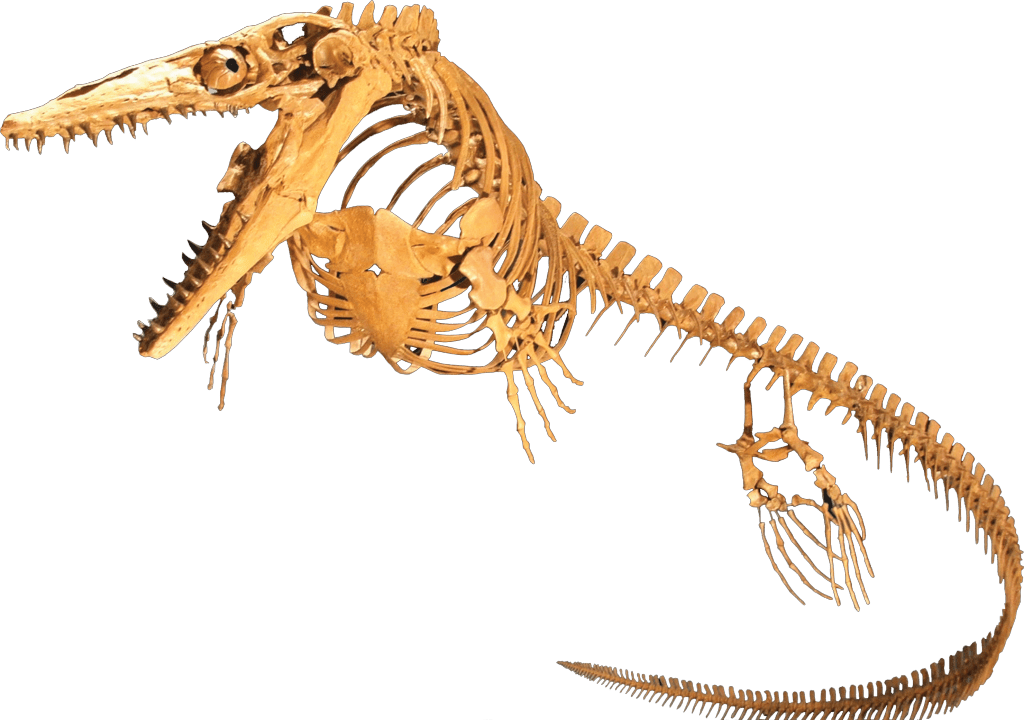A surprising study found that a group of ancient lizards called mosasaurs were warm-blooded.

The first mosasaur fossils were discovered in a limestone quarry at Maastricht in the Netherlands, and since then they’ve become some of the most popular fossils of marine reptiles. They breathed air (didn’t have gills), were powerful swimmers, and were well-adapted to living in the warm, shallow seas of the Cretaceous. They measured between 1 and 17 meters long and were so well adapted to this environment that they actually gave birth to live young without returning to the shore, as modern sea turtles do. But they may have been even more special, according to a new study.
The study found that the aquatic lizards were in fact warm-blooded, having the ability called “thermoregulation.”
There was a paper published in Science in 2010 reporting the thermoregulation in marine reptiles at the time of the dinosaurs focusing on the iconic extinct taxa: ichthyosaurs, plesiosaurs and mosasaurs,” said author of the new study Alberto Perez-Huerta, an associate professor of geology at the University of Alabama. “This conclusion bothered me a bit because there was not a warm-blooded member organism used for comparison, and we know that size can matter in terms of thermoregulation.”
The researchers conducted an isotope analysis on mosasaur fossils from the University of Alabama collection, comparing them to similar analysis on modern cold-blooded reptiles, as well as warm-blooded organisms like birds. They found more similarities to warm-blooded creatures, indicating that mosasaurs did practice thermoregulation.
“The findings of the present study support that mosasaurs were able to maintain a higher internal temperature independent of the ambient seawater temperature and were likely endotherms (warm-blooded), with values closer to contemporaneous fossil and modern birds and higher than fish and turtles,” the study said. “Although there are small differences of body temperature among mosasaur genera, these are independent of size, and thus inferred body mass.”






